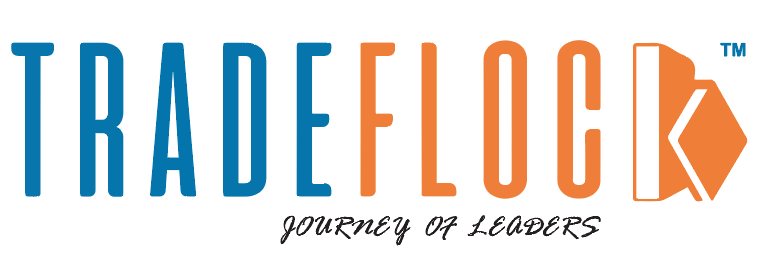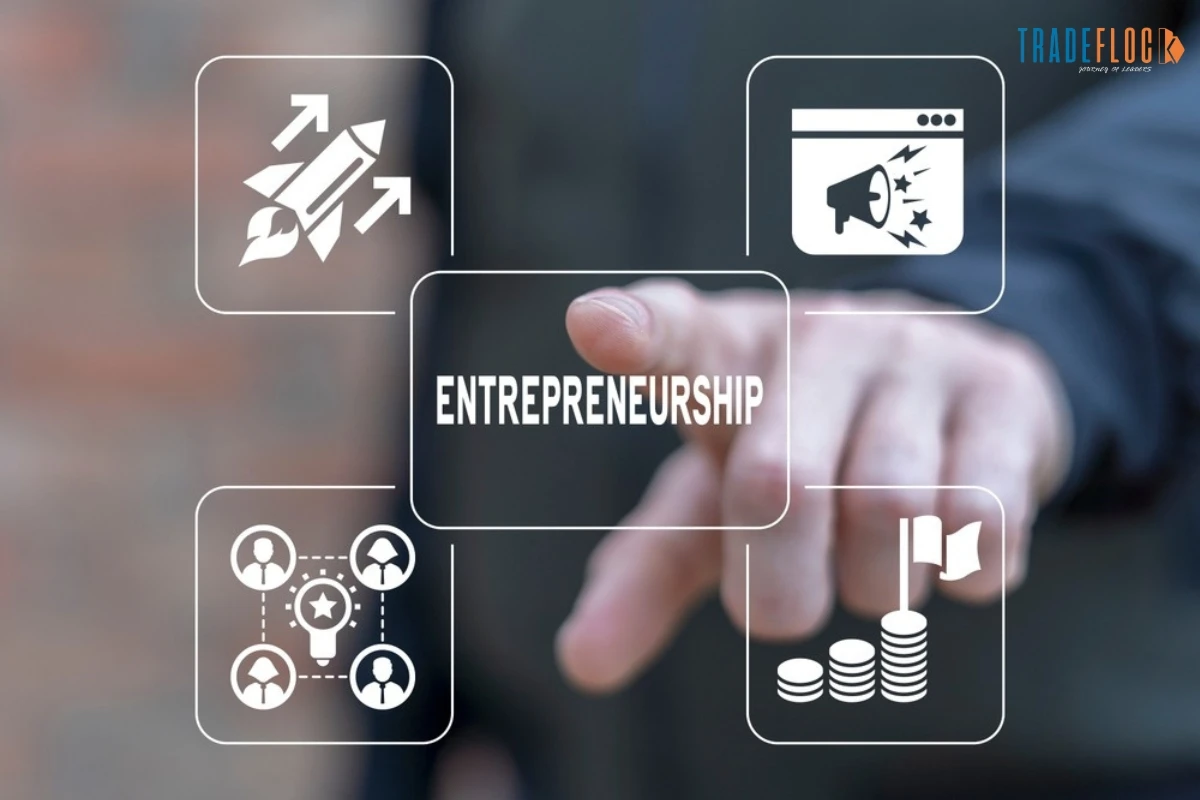The U.S. demographic landscape is undergoing a profound, multi-faceted change. While much attention is paid to declining birth rates and inter-state migration, one of the most statistically compelling shifts is happening within the workforce: the emergence of the “Silver Entrepreneur.” These are individuals aged 55 and older who are either launching their first business or leveraging their decades of experience to pivot into self-employment. This movement is not just a heartwarming anecdote; it is a critical economic and social indicator that demands strategic attention from policymakers and market analysts.
The Raw Data Behind the Silver Surge
The numbers paint a clear picture of this evolving workforce dynamic. According to recent analyses, the rate of new business formation among adults aged 55 to 64 has consistently outpaced that of their younger counterparts (20-34 year olds) for over a decade.
- Entrepreneurial Rate: The Kaufman Index of Startup Activity shows that the highest rate of entrepreneurial activity is often found in the 55-64 age group. In some years, this group’s startup rate is nearly $50\%$ higher than the prime working-age cohort (25-34).
- Experience-Driven Success: Data from the U.S. Census Bureau and other economic research indicates that older entrepreneurs often launch businesses with higher success rates and greater initial capitalization. They bring an accumulated network, industry expertise, and financial stability that young startups often lack, resulting in a significantly lower failure rate in the first five years.
- The Retirement Redefinition: The traditional concept of a clean break retirement is eroding. Economic pressures, improved longevity, and a desire for meaningful work are pushing this cohort away from leisure and toward creation. For a substantial portion of this group, a “startup” is less about unicorn growth and more about establishing a sustainable, personal legacy business.
This statistical reality has far-reaching implications, particularly for industries like healthcare, finance, and localized professional services.
The Challenge of Communicating Experience in a Digital World
However, a key friction point for these burgeoning businesses is the translation of decades of established credibility into a modern, digital-first brand identity. An individual who spent 30 years as a high-level consultant, for example, transitioning to a boutique advisory firm faces a crucial branding hurdle. Their experience is immense, but their visual presence often lags behind the slick, modern branding of younger competitors.
This is where the intersection of experience and accessibility becomes vital. An experienced professional understands the value of a strong brand identity—the visual shorthand that conveys trustworthiness and authority—but they may lack the budget or technical skill to engage a full-service design agency.
This is a significant gap, and it’s why accessible digital tools, such as an intelligent $\text{logo maker}$, have become an increasingly meaningful resource for the Silver Entrepreneur.
A quality doesn’t just generate a generic icon; it acts as a digital interpreter. It allows a business owner with limited design experience to input their industry, their core values, and their desired aesthetic (e.g., “authoritative,” “established,” or “innovative”) and receive an on-brand result that respects professional conventions. The strategic value here is profound: it democratizes high-quality branding, allowing small, experience-led firms to instantly compete visually with larger, more established players. For a boutique financial planner targeting high-net-worth individuals, a professional, polished logo is not a luxury—it’s a statistical necessity for earning trust and credibility in their sector.
Implications for Economic Policy and Future Growth
The continued rise of the Silver Entrepreneur warrants a re-evaluation of current economic and small business policies:
- Revising Funding Models: Traditional small business loans and venture capital models often favor high-growth, technology-focused startups. Policymakers should consider funding structures that acknowledge the lower-risk, slower-growth, but highly-sustainable business models favored by older entrepreneurs, which often provide essential community services.
- Bridging the Digital Divide: While the internet has enabled this trend, training programs must shift from basic computer literacy to advanced digital strategy, focusing on tools that enhance branding, security, and market penetration, such as the strategic use of platforms that offer services like a streamlined logo maker for quick, professional brand deployment.
- Harnessing Longevity Data: As life expectancy increases, a 20- to 30-year “second career” is becoming the norm. Tracking the economic output and employment statistics generated by businesses founded by the over-55 cohort should become a primary metric for regional economic health, moving beyond a simple focus on employment statistics for the $18-54$ age bracket.
In summary, the Silver Entrepreneur is not a marginal figure but a potent force of economic stabilization and growth. By acknowledging the data that drives this trend and ensuring that this experienced generation has access to both the foundational capital and the modern digital tools required for contemporary success, we can unlock a new chapter of sustainable economic development across the United States.






